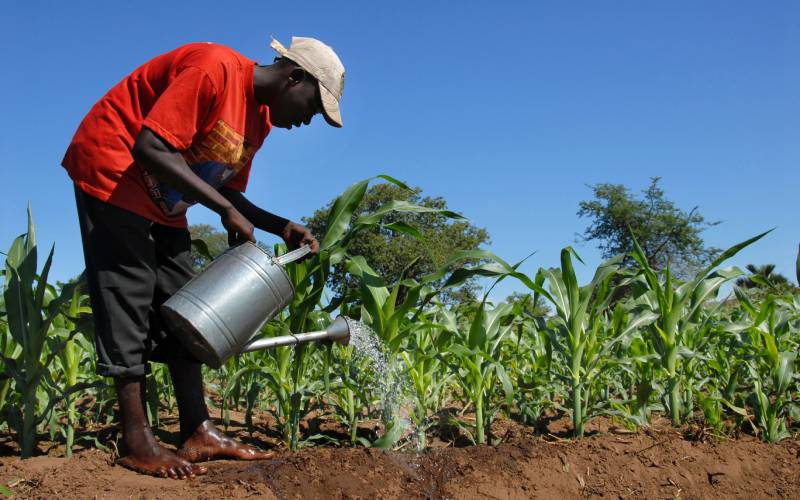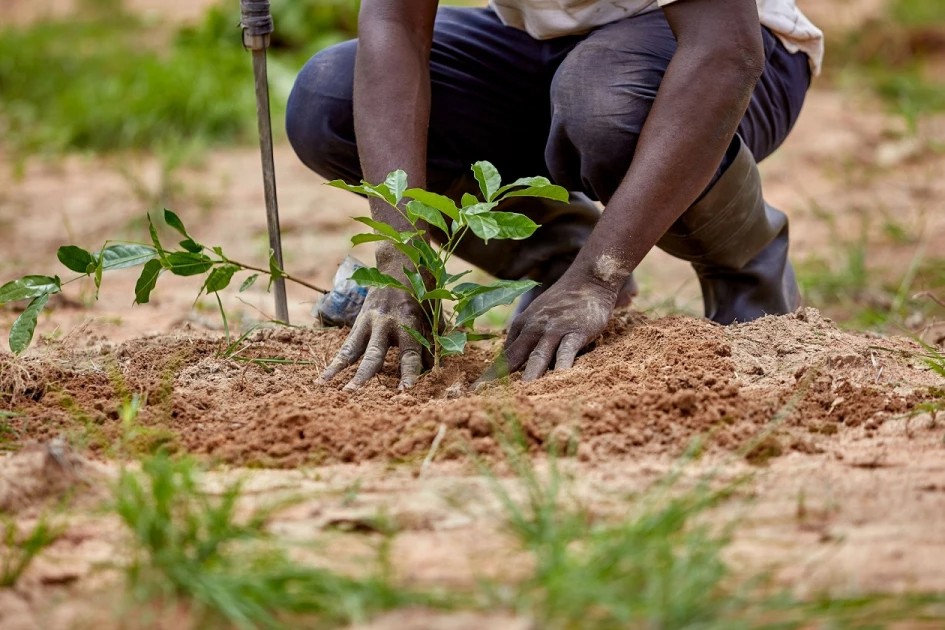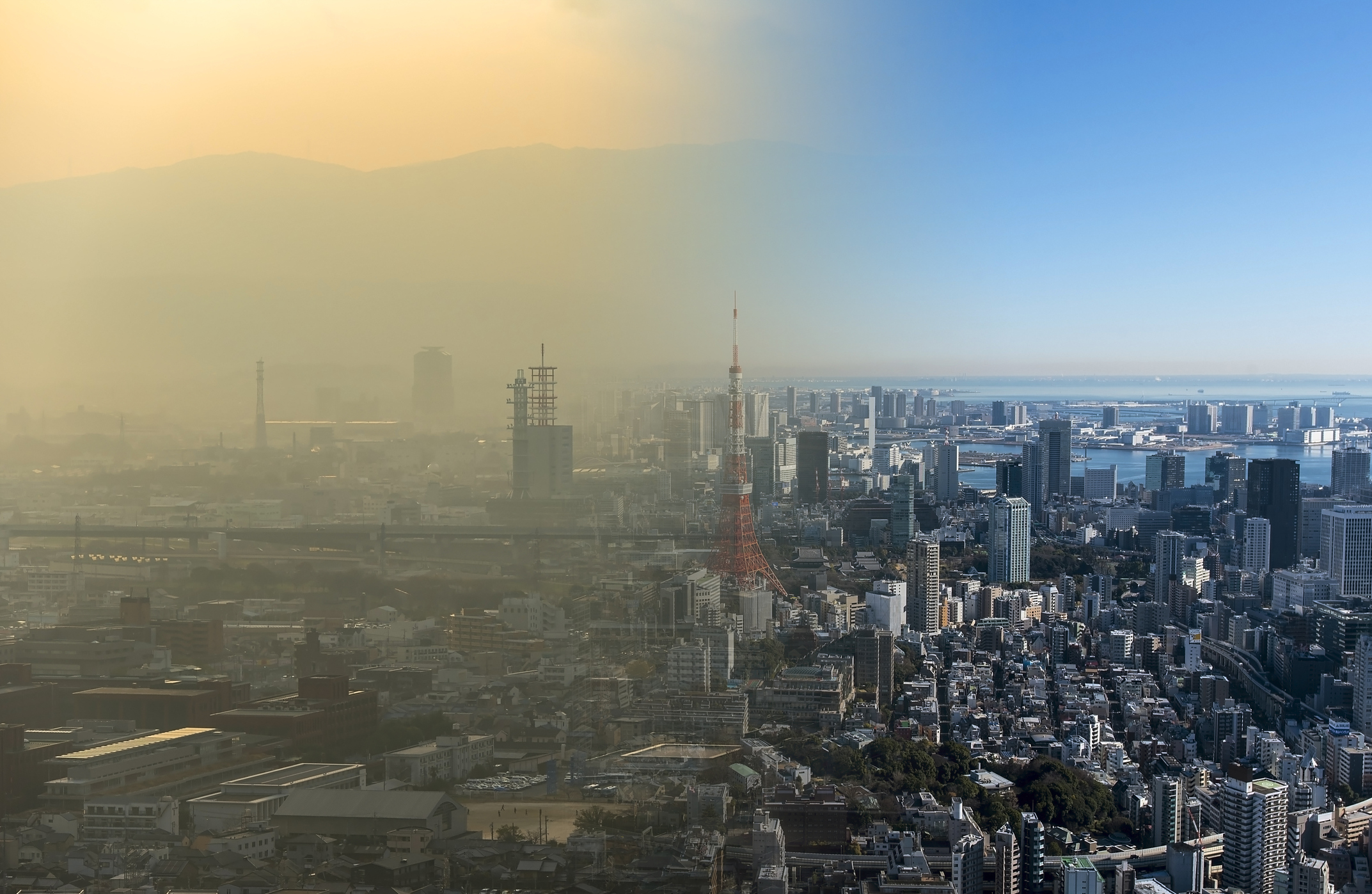Throughout Europe, the number of bees and butterflies is gradually decreasing. According to the International Union for Conservation of Nature (IUCN), one in ten wild bee and butterfly species is now threatened with extinction. The risk to butterflies has also grown significantly over the past decade, driven by habitat loss, pesticide use, and climate change.
These tiny animals have a huge impact on the planet: in the European Union (EU), approximately 80% of
crops and wild plants are pollinated by insects. Without them, food production and biodiversity will be endangered. The European Red List
revision by the IUCN reveals a very unfortunate situation. Currently, one out of every ten wild bee species is threatened.
Recently updated Red List evaluations reveal that the percentage of butterflies in Europe that are at risk of dying out has risen to 15% (65 out of 442 species researched) from 37 species in 2010. 40% of the
butterflies that are solely native to the European region and are not found in any other part of the globe are at present either threatened or near being threatened. The Madeiran large white (Pieris wollastoni), a species that was only found on the Portuguese island of Madeira, has been, therefore, officially announced as Extinct.
A thorough
report by Pollinator.org draws attention to the fact that climate change disturbs the highly sensitive timing between plant flowering and pollinator activity. If plants blossom earlier or later than usual, pollinators may arrive too early or too late. This mismatch causes a lack of food and lower rates of reproduction among pollinators.
The EU
Pollinators Initiative has introduced a New Deal for Pollinators, which aims to stop the fall of pollinators by 2030 through stricter pesticide regulations, habitat restoration, and enhanced monitoring. It aligns with the European Citizens' Initiative “Save Bees and Farmers,” which protested against pollinator decline and the emission of chemicals in agriculture, strongly demanding a decrease in the latter.
The EU Pollinators Initiative goes beyond simply asking for a rush of funds and political will to prevent ecological collapse. It stresses that bumblebees, solitary bees, hoverflies, moths, and butterflies are not only the main agents of pollination but also deserve protection through better land management and reduced pesticide use.
Pollinators are on the verge of disaster, and global warming only speeds up their downfall. However, there is still a window of opportunity to intervene. The planting of native flowers, the control of pollution, and the creation of safe environments are ways to help.
It is also incumbent upon governments and industries to double their efforts in conservation and climate action if these indispensable species are to be preserved. On the one hand, pollinators are small, but on the other, their influence is huge. By saving them, we save our food, nature, and the planet as well, after all.
Follow us on WhatsApp for real-time updates, community voices, and stories that matter.







